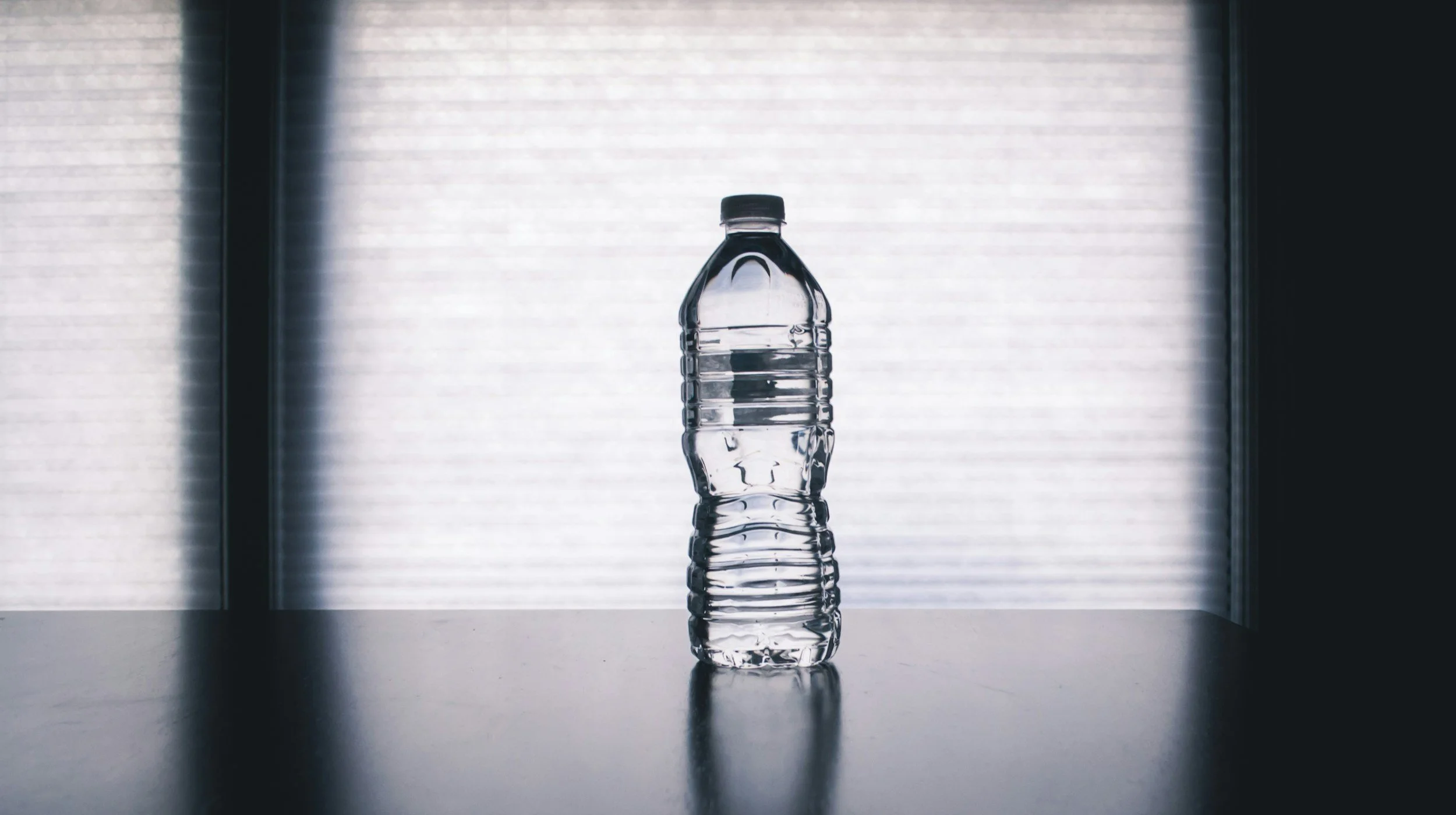Microplastics in the Brain: A Troubling Discovery
A new study reveals a shocking finding—microplastics, tiny plastic particles less than 5 millimetres in size, have been detected in human brains for the first time. Scientists from the University of New Mexico report that these plastic particles are accumulating at alarming levels, with concentrations 7 to 30 times higher in the brain than in the kidney or liver.
As concerning as this may sound, what researchers uncovered next is even more unsettling.
The Rapid Increase of Plastic in the Brain
To understand the extent of the problem, scientists analyzed brain tissue from cadavers, comparing samples from 2016 and 2024. The results were stark: brain samples from 2024 contained 50% more microplastics than those from 2016.
Researchers suspect this increase is due to the exponential rise in environmental plastic pollution. Given that plastic exposure was already a health concern nearly a decade ago, this trend is particularly worrisome.
The Link Between Microplastics and Brain Health
Perhaps the most disturbing discovery was that individuals diagnosed with dementia had the highest concentrations of microplastics, particularly in blood vessel walls and immune cells.
At first glance, one might assume that plastic accumulation is simply a byproduct of aging. However, the study found no direct correlation between age and microplastic buildup. This suggests that dementia patients may be uniquely affected, either due to increased plastic retention or because microplastics contribute to neurodegeneration.
While scientists have yet to determine whether microplastics play a role in cognitive decline, their presence in the brain raises urgent questions about potential neurological impacts.
How to Reduce Your Exposure to Microplastics
Although this study does not prove that microplastics cause dementia, it underscores the growing concerns about plastic pollution in the human body. Microplastics have also been found in the lungs, bloodstream, and placenta, making it clear that avoiding them is crucial for overall health.
Here are some practical ways to reduce your exposure:
DiDitch plastic water bottles. Single-use plastic bottles shed microplastics, especially when exposed to heat. Opt for stainless steel or glass bottles instead.
Avoid plastic-packaged foods. Processed and packaged foods can absorb microplastics from their containers.
Bring your own cup. Disposable coffee cups often have plastic linings that degrade with heat, and plastic lids may shed particles into your drink.
Use non-plastic food storage. Glass, stainless steel, or ceramic containers are safer alternatives, especially when heating food.
Say no to plastic utensils and straws. These can break down over time, releasing microplastics into your food and drinks.
Filter your drinking water. Some home water filters, like activated carbon or reverse osmosis systems, can reduce microplastic contamination.
Choose natural fabrics. Synthetic textiles like polyester shed microplastics during washing. Opt for natural fibers like cotton, wool, or linen.
Use a microfiber-catching laundry bag. Special wash bags and filters can capture microplastic fibers from synthetic clothing before they enter wastewater systems.
Limit seafood consumption. Some fish and shellfish contain high levels of microplastics due to pollution in oceans and waterways.
While these steps may seem small, they can help limit overall exposure to environmental plastic contaminants.
For more in-depth insights on environmental toxins and their impact on health, check out The Toxic Truth: How Environmental Pollutants Threaten Your Health.
Reference
Nihart AJ, Garcia MA, El Hayek E, Liu R, Olewine M, Kingston JD, et al. Bioaccumulation of microplastics in decedent human brains. Nat Med. 2025 Feb 3.


